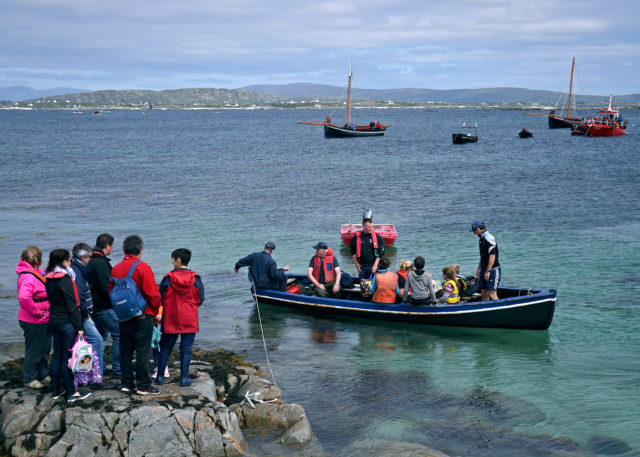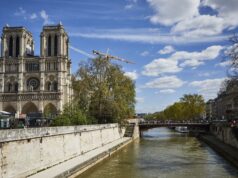
My faith-sharing group decided that we would each describe a person who inspires us. This could be a figure from the Gospels, perhaps a favorite saint or a figure from our own lives. Someone even chose his mother-in-law.
But out of 10 people, three of us selected St. Peter. We agreed that of the many people who walk through the Gospels, Peter, besides Jesus himself, is portrayed in the most thorough and three-dimensional way. Peter is a good figure to accompany our Lent.
If I were a Gospel author writing well over 50 years after the events, would I have portrayed Peter, this man who became the leader, in such an authentic way? Or would I have airbrushed out a few flaws? He’s so accessible — we even get a glimpse of his mother-in-law.
And denying Christ three times? Those bitter tears of remorse? That Peter in his imperfections and his deep humanity is portrayed so realistically strengthens my faith in the Gospel’s own authenticity.
St. Ignatius of Loyola urges us to pray with our imagination, and it is easy for me to imagine Peter. I see him as big and barrel-chested, the tender-hearted and well-meaning bull in a china shop.
Peter is a fisherman, and we encounter him many times near the water. We also find him on the water — literally. Christ is walking on the water toward the boat, and Peter impetuously asks to do the same. He begins his tentative steps and then, fearful, begins to flail. It’s almost humorous, as if we saw that coming. Peter, did you notice no one else left the boat?
We first encounter Peter with his brother Andrew, who is intrigued by John the Baptist. Surely, he has filled Peter in on all the news among those waiting for the Messiah — the one who is to come. So perhaps it did not surprise Peter when Jesus called him, but Peter seems reluctant when told to take his boat out for a catch.
It won’t be the only time that Peter admits he’s been fishing all night and caught nothing. Was he a bad fisherman, or do these empty nets move the story along?
Nevertheless, at Christ’s instruction, Peter puts out into the deep and the catch is so great his friends come over to salvage his burgeoning nets. Peter, a man of excess, meets the God of excess. When Peter gets to shore, he falls to his knees dramatically. “Depart from me, Lord, for I am a sinful man.”
I find this scene incredibly moving. Peter knows he has encountered something, and someone, much bigger than he is. He’s not feigning humility when he tells Jesus to leave him. He’s genuinely overwhelmed: This man is too good for me. And I am not good enough. What will he expect of me? Does Peter catch a glimpse of his own martyrdom?
And then there’s Peter, coming fishless again to the shore after fishing on a morning after Easter. Spotting the Lord, he impulsively jumps off the boat, quickly grabbing his outer garment as he plunges into the water.
After breakfast on the seashore, those three requests: Do you love me, Peter? And those three heartfelt and plaintive responses: “Lord, you know that I love you.”
I love Peter because in him I recognize myself. His eagerness trumped by fear. His feelings of unworthiness, his mistakes, his deep regret. His boyish enthusiasm, his desire to do right.
Ultimately, his complete commitment compels me. If we walk with Peter during Lent, we’ll find much solace for our own weary humanity there.









